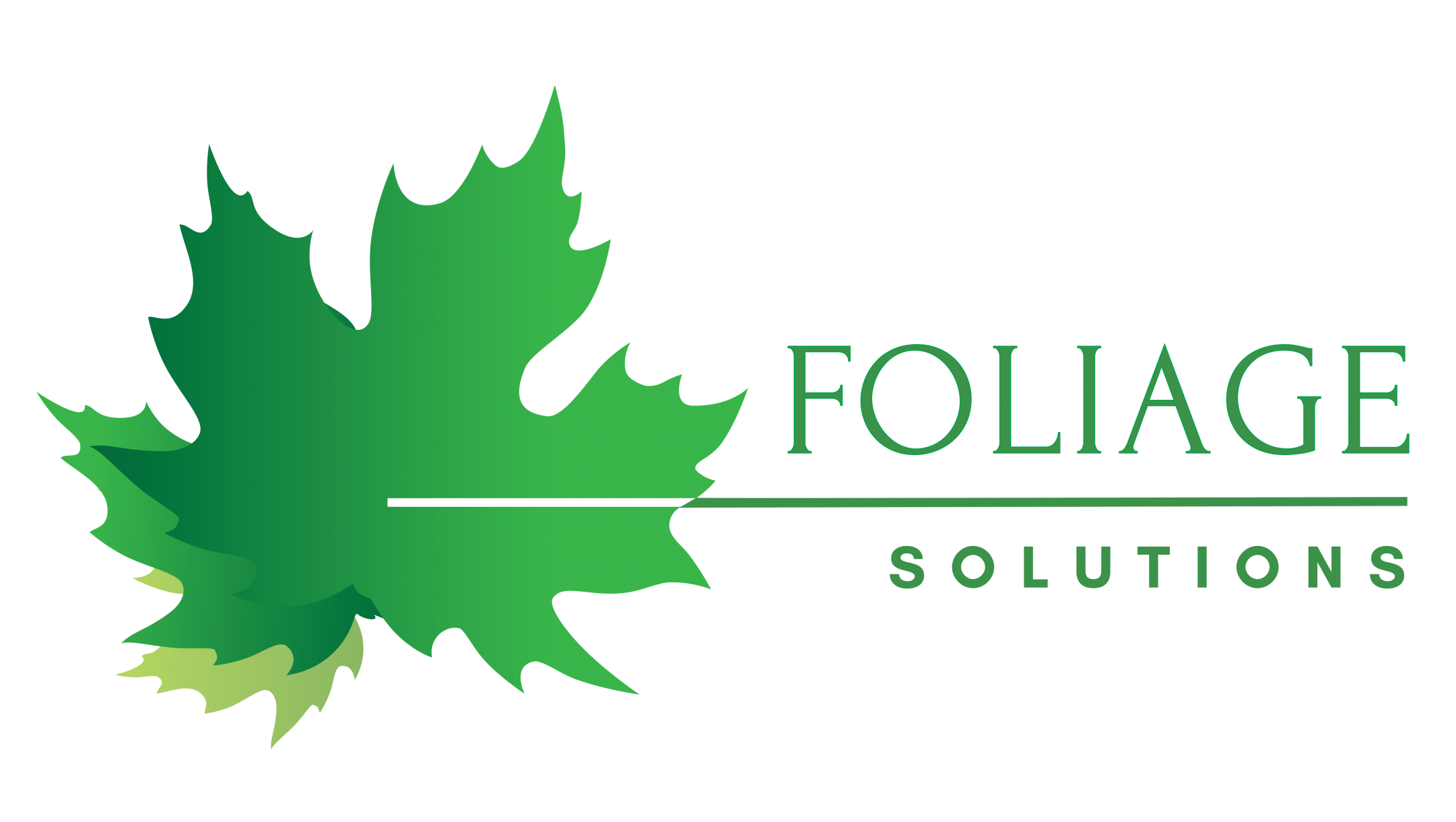
I attended the insightful “Nimdzi” event called “The Nimdzi Top 100 & The State of the Language Industry in 2022,” on Wednesday, the 3rd of March.
Much was covered and discussed, from the impressive revenue growth of the “Top 100” companies in the last five years, positive future predictions, and industry trends to macroeconomics (inflation being the main focus) and its effect on the language industry, along with some useful advice. They have also highlighted a great misconception when it comes to technology and a couple of issues LSPs should pay more attention to i.e., talent shortage and decrease in productivity.
Despite the current economic world crisis and COVID 19, the future of the language industry is looking bright with projections of a steady, yearly growth of 7 % for the next five years.
Year 2021 was an exceptional year for the language industry, reaching record profits. LSPs were able to adapt quickly to changes during the pandemic i.e., increase in digitalization. They used this time to lay the groundwork, just like in other industries such as banking (completely digitalized), online education and online shopping, to name a few.
Merges and acquisitions (M&A) turned out to be a smart move due to very low capital investment, increase in cash flow and weakening of competitors.
One of the main misconceptions in the language industry is the increase in productivity due to the implementation of technological advances, such as M.T. and the A.I. On the contrary, the reality is, that technology has reduced productivity because of its complexity and need for proper training and development. The content is growing, and translators need time and required skills to develop/increase productivity.
Another big concern is the increase in resignation and inability to retain talented translators. Low income is one of the main reasons behind this issue along with job responsibility (the translator is no longer just a translator).
Translators are not getting the expected price for work that they do, and LSPs apparently cannot afford to pay them higher rates even though the demand (volume of work) is increasing. For that reason, talented employees are being offered employment in large tech companies. Freelance translators are becoming a scarcity. Therefore, price and price negotiation as Renato Beninato said need to be revised. He is talking about a whopping 20%-25% price increase.
Some of the trends that “Nimdzi” is noticing in the language industry are:
- LSPs modifying themselves, and adding on other services, such as consulting to build stronger business relationships and strategic partnerships. It is all about the end user (the consumer) and highly personalised, data driven LSPs that are moving away from being a traditional LSP focusing only on translation and localization.
- Greater need for tailored, original content creation aimed specifically in reaching the end user directly. One could argue that the “new” LSPs must have a strong marketing knowledge and market insight/analysts, with an aim to help LSP clients to influence the buying behaviour of consumers (end clients).
- Remote interpreting is in great demand.
Video conferencing is also booming, as all of us have notice. Therefore, the time has come to improve those services by providing multilingual live captioning, sign language interpreting and documentation translations for those virtual events. This will in return make virtual meetings more engaging.
In conclusion, the language service industry has performed very well in the last few years, especially in year 2021. This trend is due to continue for the next five years.
The global pandemic has opened doors to additional services being offered, and allowed for the “new” LSP concept to be set-up, including M&A.
LSPs that have not adapted to change will most likely suffer. Current inflation will place pressure on pricing and price negotiations.
A.I. will be used as a tool to assist in reaching the end user. However, this is something that not many of us know much about. Kiri Vashee has written a very interesting article “The Unending Quest for Human Parity MT” where he talked about the new approach to Language Quality Assurance.
Question: Will the future of the language industry shine as brightly as predicted?
We will have to wait and see.

Leave a Reply